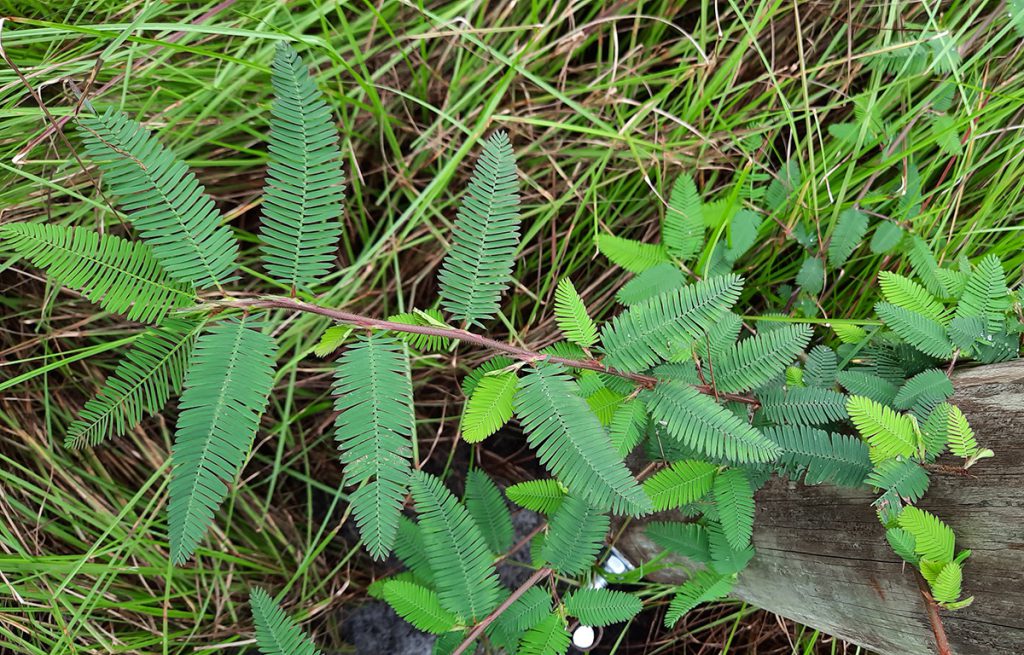By: Jaime Garzon
PhD Agronomy Student

Since the green revolution, grazing cattle producers have can use synthetic fertilizers to increase grasslands forage accumulation and nutritive value, which directly impacts the animal performance and the profits of the system. However, the costs of fertilizers have been increasing for several years, and their use is less profitable now. Therefore, the association of legumes within the pastures becomes an attractive option for grazing cattle production, since these plants can provide atmospheric nitrogen to the soil and cattle, improve nutrient cycling, and increase animal gain weight, among other ecosystem services.
Aeschynomene americana L. is a warm-season legume native to the southern United States. Its performance and productivity have been studied in previous years, but now we have the methodologies and technology to evaluate other ecosystem services this legume can offer to improve grazing livestock systems. However: would the aeschynomene association produce better results than nitrogen fertilization in the grasslands? We invite you to watch the following presentation, where we discuss the potential benefits that aeschynomene overseeding can provide to bahiagrass pastures.
Run time is 33.15 minutes. Access it on YouTube:
https://www.youtube.com/watch?v=tt3WrRJBO6A
Jaime is a PhD student under the advisement of Dr. Joao Vendramini at the UF/IFAS Range Cattle REC in Ona. If you have questions, you can reach him at jgarzonalfonso@ufl.edu.
 0
0
